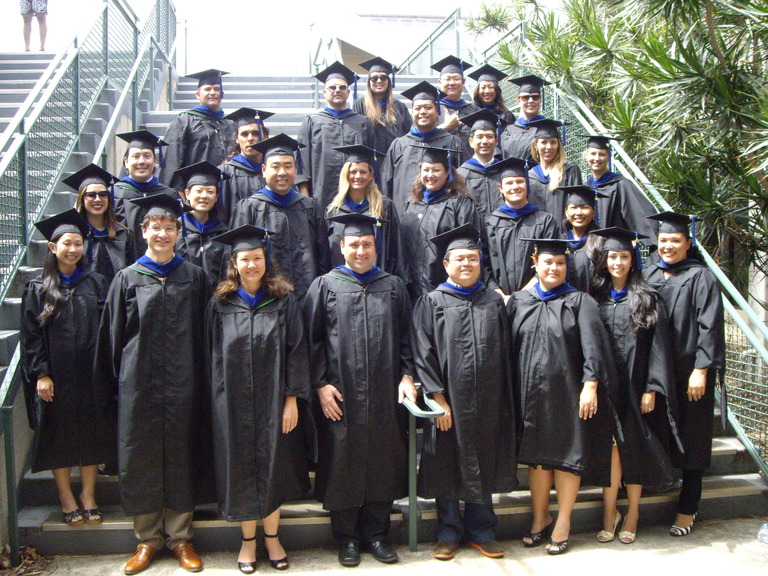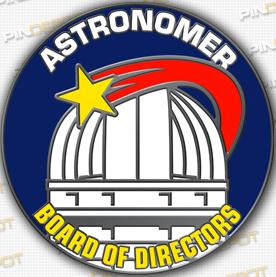At Facebook, moving into management is not a promotion. It’s a lateral move, a parallel track. Managers are there to support people and to remove barriers to getting things done. Managers focus on building a great team, creating a vision for how that team will execute its goals, and helping the people on that team develop in their careers. They are put in those positions because of their strong people skills. They aren’t there to tell teams what to do. This viewpoint has become so effective that some managers at our company have even gone so far as to stop saying things like “my team,” instead opting for things like “the team I support.”
I forget exactly where I found this, but here is one source: https://www.inc.com/jessica-stillman/3-tricks-facebook-uses-to-shut-down-toxic-office-politics.html
I really like this idea and it supports this general notion I have that concentrating power at the top with direction flowing down is the wrong way to run an organization. At my organization, managers used to propose projects, evaluate which we could and should do, and then worked to form teams that carried them out. We’ve grown a bit since then in that we accept project proposals from all staff, but we still let a small group of executive managers decide which we should do. There’s a tacit understanding that executive management has to set the strategies, and therefore the tactical plans, for the organization.
Our next growth step, I hope, is to allow staff themselves to select which projects we execute. Managers, then, would have the job, as at Facebook, of creating environments where people can work effectively, and where staff understand the observatory’s strategies and operating constraints well enough to make the right decisions. As Ricardo Semler explained in his book, Maverick, this means management has to make the organization’s finances, regulations, governance and other constraints accessible to the staff. Educate them in the nature of the business so they can use their experience on the lines to develop new solutions and projects that propel the organization forward. (Ricardo even went so far as to hold accounting classes that taught employees how to read and understand the company’s income statements and balance sheets.)
The next step would be to consider who owns and develops the organization’s strategies. Is it executive management or the staff? Do executives make the strategy, then educate staff so they can figure out the best way to implement it, or do executives explain to organization’s environment so that staff can both develop and implement the appropriate strategy? What is the role of the visionary leader executive if not to develop clever strategies that when efficiently executed by employees lead to industry success?
My answer to those questions involve removing the word “executive” from my last question. Why does the visionary leader have to be an executive? Furthermore, why does the visionary leader have to be a single person? Don’t we get more opportunities to develop clever strategies if we reach out to all our staff and give them the ability and access to chart the organization’s future? Isn’t that the role of management – to maximize the value each employee adds to the organization? If a line employee has a compelling vision, there is no reason to stifle it just because the originator is not in executive management!
That’s the organization I’d like to see. Management that creates environments in which employees can work effectively and that educates staff on the organization’s business so that good ideas, tactical or strategic, can come from anywhere within the organization, producing staff that all have the ability and knowledge to identify and carry our their best ideas.





